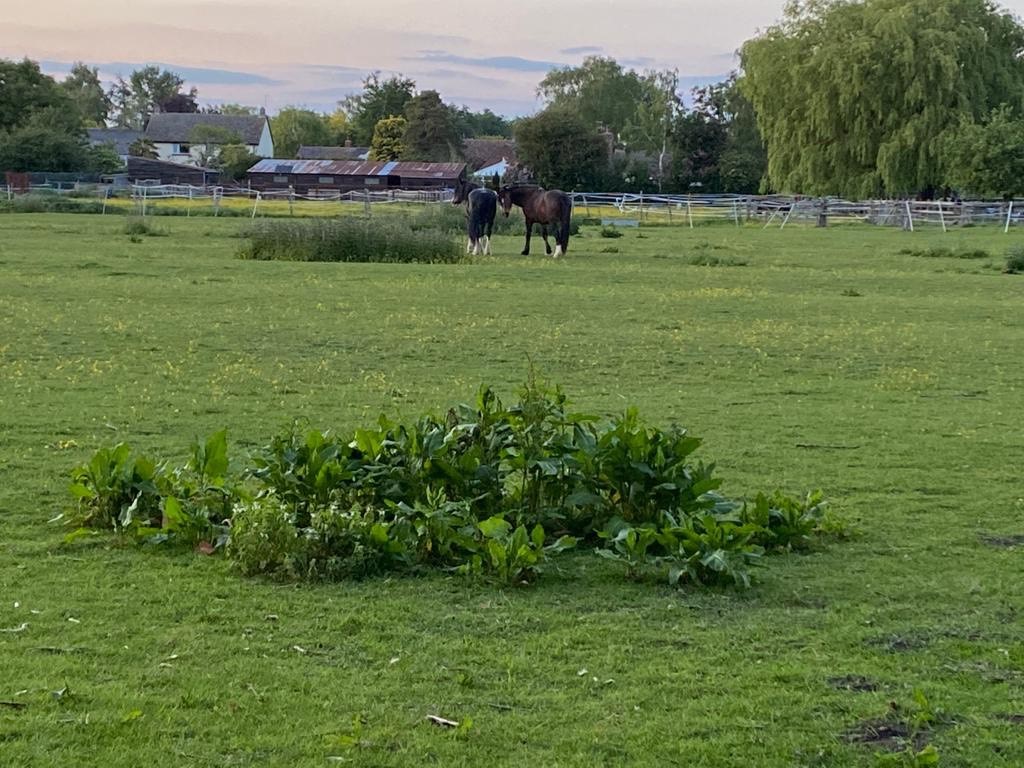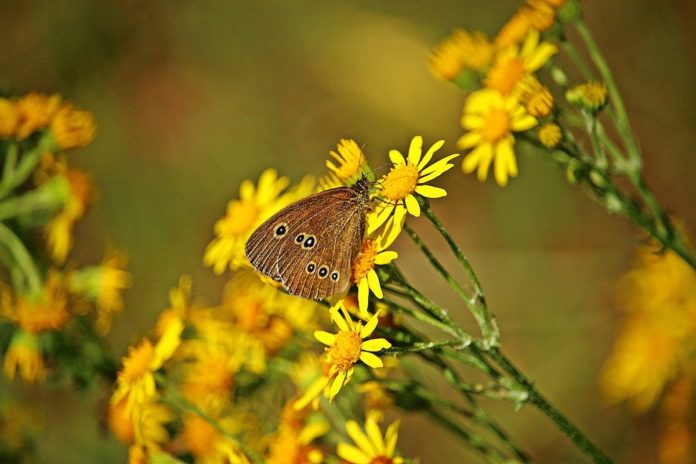Ragwort in paddocks can harm horses’ health; while spreading thistles could upset the neighbours.
Many horse owners simply ignore weeds growing in paddocks, letting their animals graze around them. This is not always in the horse’s or paddock’s interests, says Dr Nicola Perry, weed biology specialist for Corteva Agriscience.
“Weeds need controlling for many reasons. Some, such as ragwort, are poisonous and potentially lethal to horses that eat them.
“Others, like nettles and docks, will take over if left unchecked, leaving no space for grass to grow.
“Some, like thistles, can easily spread their seed to neighbours’ properties which will not be welcomed. In general, they make fields look untidy and uncared for.”
What the law says
The Weeds Act (1959) requires that if an order is served upon them, landowners have to control common ragwort, broadleaved and curled docks and spear and creeping thistles.
The Ragwort Control Act (2003) strengthens this by placing the onus on the occupier of the land to take action where ragwort is posing a serious risk to grazing animals.
Control options
“There are various approaches to weed control – but all with varying success,” says Dr Perry. “Topping or pulling weeds like ragwort and docks can only ever be a short-term fix because these weeds are perennial, which means they grow from year to year from ever-spreading root systems.

“Mowing down nettle beds or thistles may give temporary visible relief, but they will soon recover with added vigour. Spraying with a herbicide is a reliable and long-term option because, if it is applied correctly, it will kill the roots.
“Envy works on a wide range of weeds such as buttercups, chickweed, daisy and docks. It is very safe to grass, and as long as ragwort is not present, horses only need to be removed for seven days post-application. There will also be no herbicide residues in any manure that might subsequently be collected.
Right size for spraying
“Envy is For Professional Use, so must only be applied by people certified to do so, using a boom sprayer. Paddock owners should walk the field with the spray operator/contractor to identify the weeds that need treating, and to check they are the right size for spraying.
“If the weeds have grown too large, they will need chopping down and the regrowth treated two to three weeks later. This ensures the leaves are all the same size and are healthy and actively growing, which will take the herbicide up well.
“Where weeds are growing in small, defined groups, spraying with GrazonPro using a knapsack or a handheld lance from a quadbike is an option – again only by people who are appropriately qualified.
“As well as docks, nettles and thistles, GrazonPro can also control brambles, broom and gorse.
When ragwort’s a problem
“Where ragwort is the main problem, it can be sprayed with a selective herbicide containing the active ingredient 2,4-D. This is best done when the plants are young and actively growing. Horses must be kept out of the fields until the ragwort has decayed and broken down or been completely removed.”
For more information: ∙ about Envy click here ∙ about GrazonPro click here

















